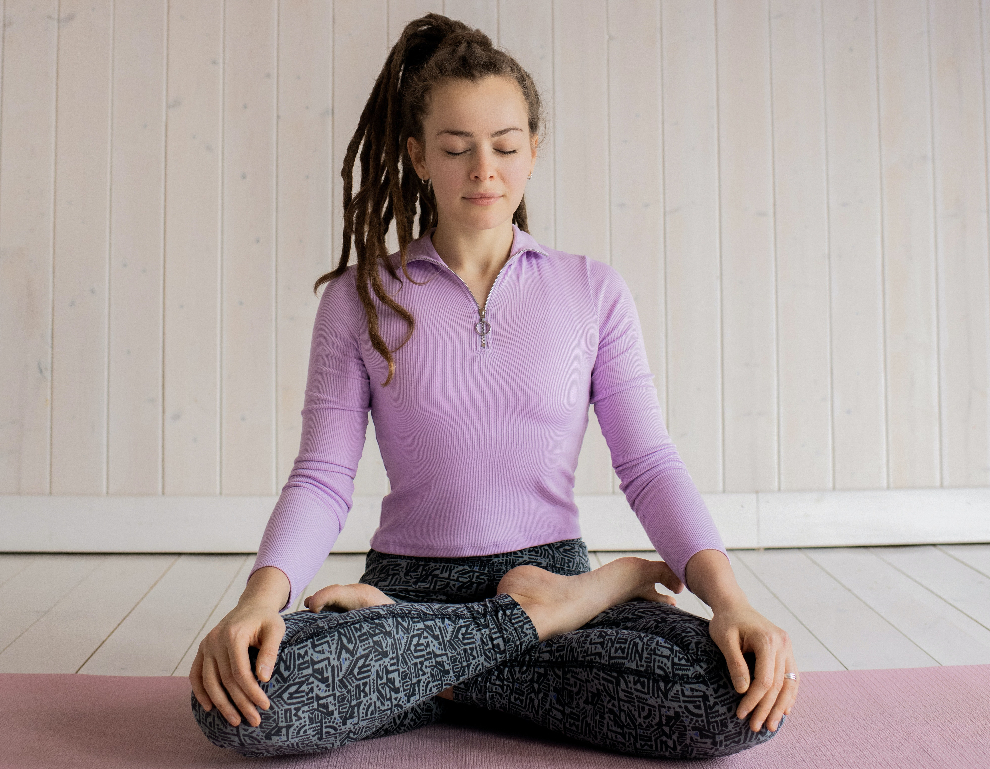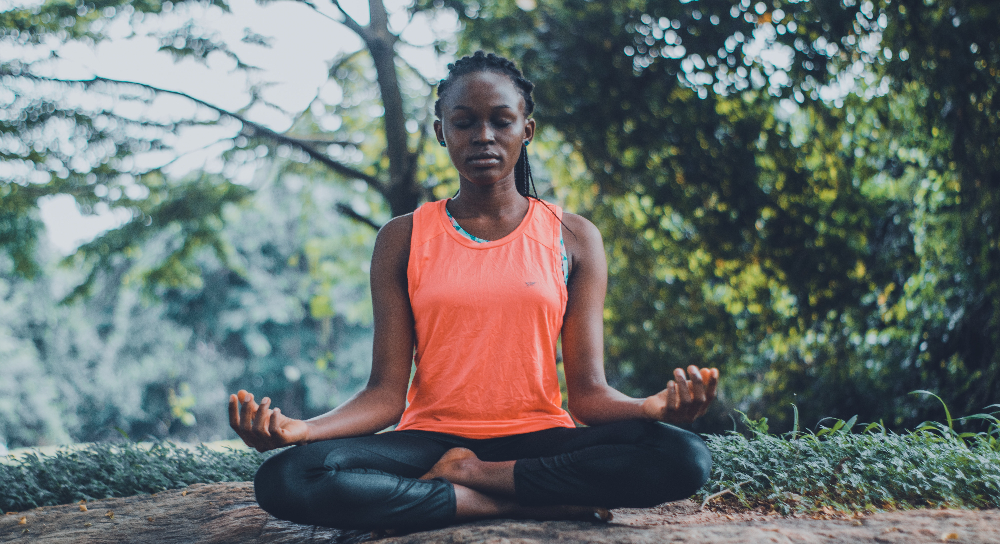Practicing yoga, mindfulness at school may help ease the stress of junior high.
Most people associate yoga and mindfulness with adults. However, research results published in the International Journal of Environmental Research and Public Health has found that middle school students as young as 11 may decrease their anxiety and depression with the help of these two ancient practices.
Those middle school years are difficult for all 11- to 14-year-olds, facing adolescence with peer pressure and a desire to fit in while their bodies are changing faster than they can keep up. It can get very confusing for them as they become vulnerable to mental health disorders such as anxiety and depression. Much of what happens on this road through puberty and into adulthood may permanently affect students as they enter adulthood.
Consequently, more middle schools are creating programs to help students improve their mental health, and they’re making yoga and mindfulness part of the core curriculum. A study conducted by Tulane Associate Professor Alessandra Bazzano divided middle school students into two groups. One group engaged in yoga and mindfulness, while the second group served as the control. The results showed that the group in the yoga program had a definite decrease in anxiety and depression.

While more research is required, this limited information does support yoga and mindfulness training for young adolescents to provide them with improved coping skills during this difficult time. Much research has found that mindful practices can decrease anxiety and stress and improve positivity as well as attention span – all winners for students struggling through adolescence.
Yoga has long been a proven tool in reducing symptoms of psychological distress and providing students with greater coping skills. Middle school programs can be especially helpful to students from low-income families where mental health challenges are more likely to be left untreated due to the financial burden of seeking care, making the impact of a school program even greater.
The recent COVID-19 lockdowns have exacerbated normal middle school problems and have increased stress levels among students feeling lonely and isolated. New coping skills, such as these interventions, may fill the gap left by the current failure to equip middle school students with the coping skills necessary to get through these difficult times.
Even with the increased stressors of the pandemic, over 40 percent of middle school students report receiving no help with their anxiety. This is not only a current mental health problem but promises to become overwhelming in the future as these students require better coping skills to deal with the normal burdens of life.
While none of the already published studies, including the one conducted at Tulane University, have provided definitive results, what researchers currently know about yoga and mindfulness as well as the struggles of middle school students sets the scene for further investigation.
The sooner students begin receiving help, the better they will fare in the long run. If the problems are not addressed, it can lead to worsening behavior and even suicidal ideation. Most students keep these thoughts to themselves, leaving parents in the dark. Programs that include yoga and mindfulness in a school environment may provide an important resource for vulnerable students searching to improve the quality of their lives.
Sources:
Does yoga and mindfulness training improve depression and anxiety among middle school students?


Join the conversation!